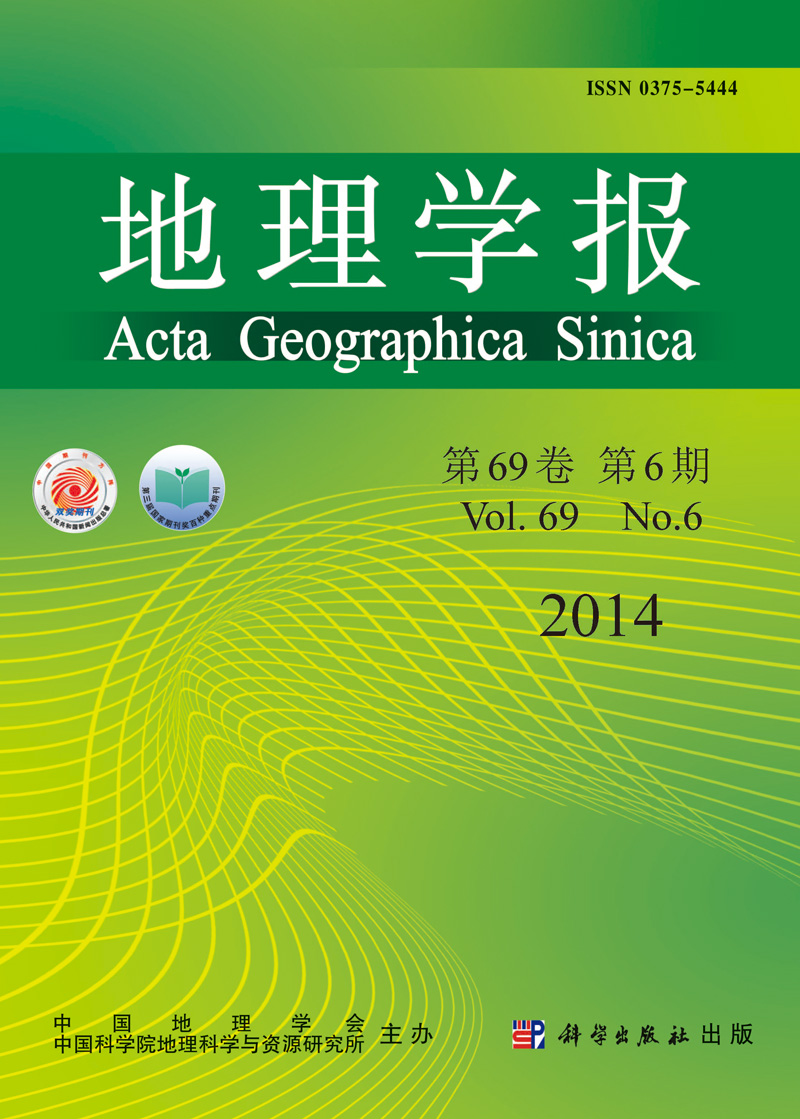LI Pingxing, CHEN Wen, SUN Wei
With the rapid economic development, social progress, and land use change in rural regions, rural territorial function and development orientation show more significant spatial differentiation and diversification. Using the well-developed Jiangsu province as a case, this paper quantitatively identified and calculated four rural territorial functions at county level, i.e., ecological conservation, agricultural production, industrial development and social security. Subsequently, the influencing factors of spatial differentiation on rural territorial functions for 63 regional units were analyzed; the dominated functions of each spatial unit were also identified. According to the case study, the multifunctional feature of rural territorial function was evident, however the function of industrial development was of significant dominance accompanying with the increase of dominant degree from northern to southern in Jiangsu province. The spatial agglomeration degrees of four rural territorial functions were low with variant agglomerative areas, that was, ecological conservation function was mainly distributed at coastal, surrounding lake and mountain areas, agricultural production function was mainly found in the northern and central parts, the industrial development function was predominately in the southern part, social security function which had the lowest spatial agglomeration was obviously distributed in municipal districts and their surrounding counties rather than other counties. The functional combinations of the 63 regional units were diversified and nine functional types were identified. Results of influencing factors analysis indicated that the natural geographical characteristics, spatial location, and economic development were the main influencing factors of differentiation on rural territorial functions, but their effects were of different intensities and directions for the spatial differentiation of four rural territorial functions. Specifically, the industry development function was mainly affected by road density, location advantage, FDI, GDP and floating population from other places; most factors were negatively related with the agricultural production function except the areas of important ecological function zones and cultivated lands; the relationships between the ecological conservation function and influencing factors were complicated, in which some more developed counties also had higher ecological conservation function; the social security function had very weak relationships with influencing factors owing to its complexity. This paper provided a scientific reference for identifying the rural development orientation, promoting the differential development, enhancing the characteristics and competitiveness of different counties; meanwhile, it was a meaningful supplement for the research of Major Function Oriented Zoning and related studies about territorial function.
